Samsung has decided not to include a fingerprint scanner under the display of its next-generation Galaxy S9 and Galaxy S9+ smartphones due to continued technical difficulties, according to South Korea's The Investor.
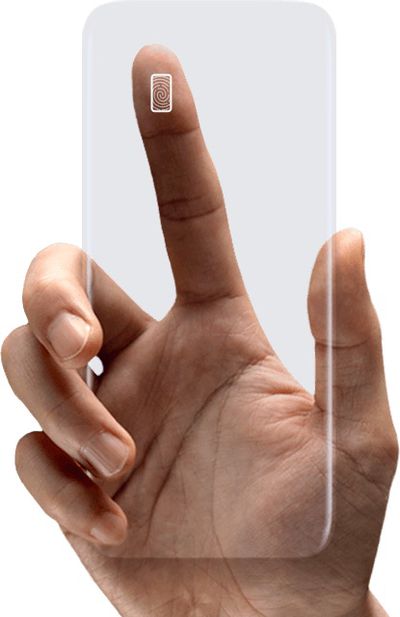
Instead, the fingerprint scanner will likely remain positioned on the back of each device, just like the current Galaxy S8 and Galaxy S8+ models.
Fingerprint scanning is one of three biometric options for unlocking the Galaxy S8 alongside iris scanning and facial recognition. Samsung says all three solutions provide "defense-grade security" around the clock.
Shortly after the Galaxy S8 launched, however, videos surfaced showing that Samsung's facial recognition system could be fairly easily duped with a picture of someone. The iris scanner was also tricked with contact lenses.
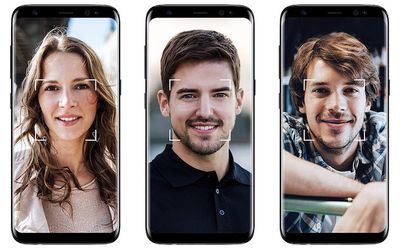
In fine print on its website, Samsung admits that its facial recognition system is "less secure than pattern, PIN, or password." Facial recognition can't be used to authenticate access to the Galaxy S8's Secure Folder or Samsung Pay.
"It is important to reiterate that facial recognition, while convenient, can only be used for opening your Galaxy S8 and currently cannot be used to authenticate access to Samsung Pay or Secure Folder," the company told Ars Technica in March.
Apple was widely rumored to be attempting to integrate Touch ID under the display on the iPhone X, or even on the side or back of the device, but the company's hardware engineering chief Dan Riccio suggested it ditched any form of fingerprint scanning after hitting "early line of sight" with Face ID.
Samsung's facial recognition system is unquestionably less secure than Face ID, which uses significantly more advanced 3D facial recognition and has a 1 in 1,000,000 chance of being duped by a stranger, according to Apple.
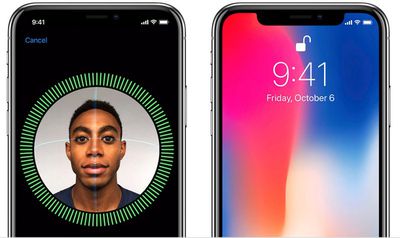
Apple is so confident in Face ID that it is planning to abandon Touch ID in favor of the TrueDepth system on all of its new iPhone models released in 2018, according to well-connected KGI Securities analyst Ming-Chi Kuo.
Apple says Face ID only has a possibility of being less reliable for identical twins, siblings who look alike, and children under 13 years of age, the latter because their distinct facial features may not have fully developed.
Apple's Face ID security paper explains how the TrueDepth camera projects and reads over 30,000 infrared dots to form a depth map of your face, along with a 2D infrared image. This data is used to create a sequence of 2D images and depth maps, which are digitally signed and sent to the Secure Enclave.
Face ID is designed to confirm user attention, ensuring a lower false match rate, and mitigation against both digital and physical spoofing.


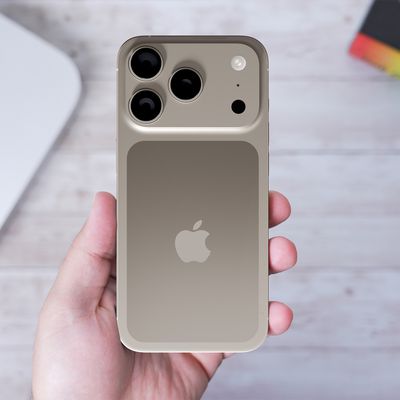

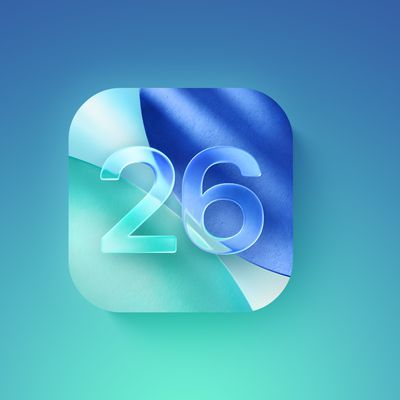
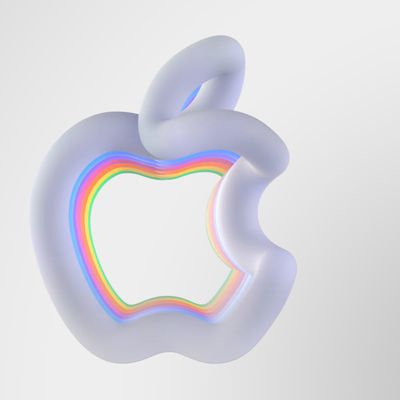
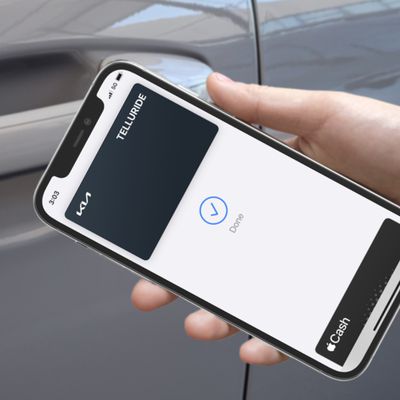
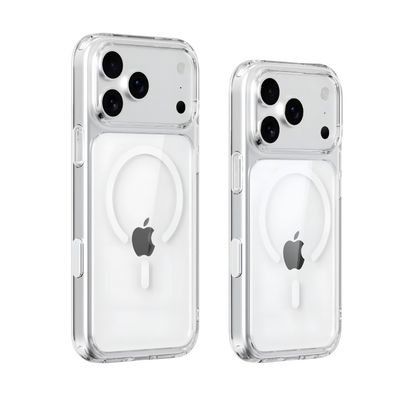
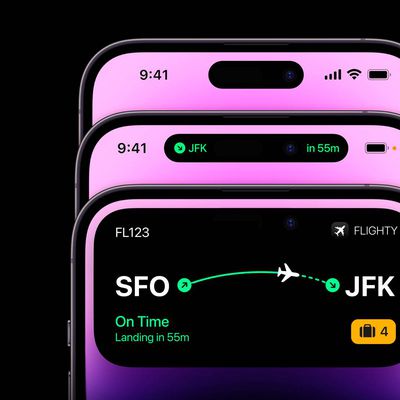
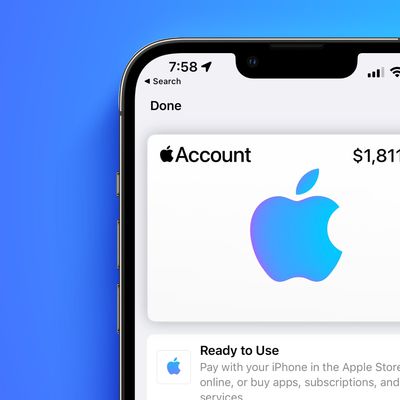
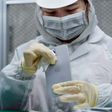










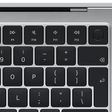
Top Rated Comments
Seriously though, "defense-grade" security that can be duped by a photograph or contact lens is laughable. Face ID can't even be duped by professional mask makers. Once again, Apple is multiple years ahead of the competition.
Yes, Face ID might be 1 second slower now than 2nd gen Touch ID, but for the first gen it's absolutely perfect and waaaay better than the first generation of Touch ID. I can see that Apple will only improve it by speeding it up and implementing wider angles to unlock it.